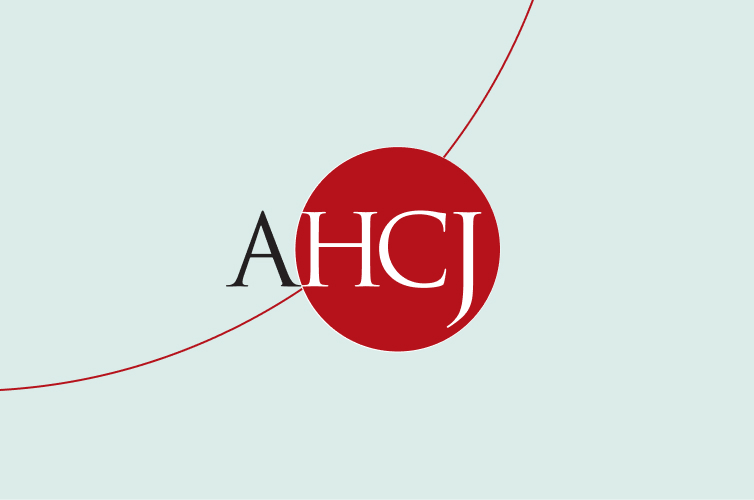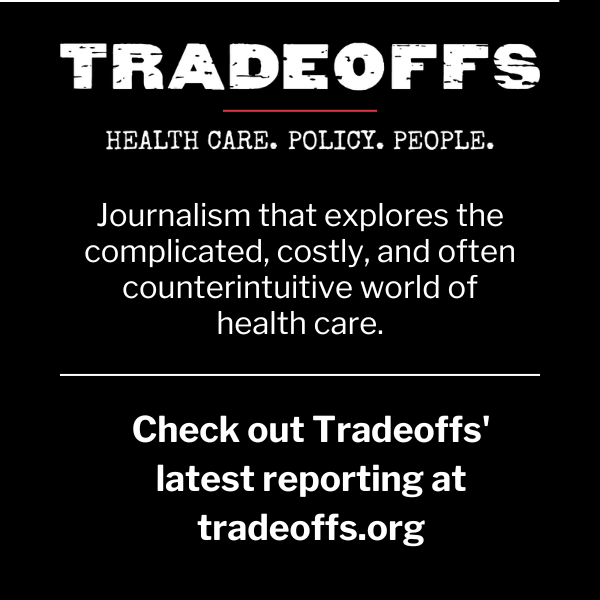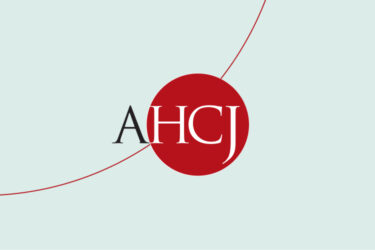04/07/23
By Joseph Burns
Five states (Arkansas, Arizona, Idaho, New Hampshire and South Dakota) are like canaries in a coal mine: early indicators of danger. Last weekend, Medicaid officials in those five states began unenrolling adults and children from Medicaid and the Children’s Health Insurance Program (CHIP), according to reporting from Tami Luhby at CNN.
“Millions of Americans are at risk of losing their Medicaid coverage in coming months,” she explained, and members in those five states will be the first. Until April 1, Congress had prevented states from disenrolling Medicaid and CHIP members since the coronavirus began, she added. “That prohibition ended on Saturday, and some states are moving much more swiftly than others to kick off those deemed ineligible for the public health insurance program for low-income Americans,” she noted.
Some 5.3 million to 14.2 million people could lose their Medicaid coverage, according to an analysis last year from KFF. Among those who lose their insurance, some will find new coverage, but how many is unknown, KFF added.
On Thursday (April 6), the Center for Children and Families (CCF) at the Georgetown University Health Policy Institute published numbers from two of the five earliest states. In Arizona, monthly Medicaid enrollment dropped by about 35,000 Medicaid and CHIP members from March to April, and in Idaho, 19,000 members lost their Medicaid coverage, CCF noted.
That report, “First Round of Medicaid Disenrollment Data Is in Quickly: What We Know and Don’t Know,” includes resources for those covering the disenrollment numbers in all 50 states in what’s called the “unwinding” of the continuous enrollment provisions that Congress passed in the Families First Coronavirus Response Act of 2020. That law prevented states from disenrolling Medicaid and CHIP members during the public health emergency (PHE), as the federal Department of Health and Human Services explained here.
Between February 2020 (just before the pandemic) and now, 20.6 million adults and children were new enrollees into Medicaid and CHIP, a 29% increase, according to an analysis last month from the Kaiser Family Foundation (KFF). [see figure 1 from this KFF analysis as an illustration].
Those new enrollees helped to raise the total number of adults and children enrolled in Medicaid and CHIP to 91.8 million during the coronavirus public health emergency (PHE), KFF added. In that same report, KFF estimated that enrollment in Medicaid and CHIP would peak last month (March) at about 95 million members.
The end of Medicaid’s continuous coverage
Now comes the unwinding, which will be one of the biggest and most complex stories health care journalists will cover this year, according to Catherine Hope, CCF’s communications director. “We’ve fielded numerous calls from reporters trying to get their arms around the phase-out of the Medicaid continuous coverage provision on April 1 and the ensuing disruption to health coverage,” she wrote in an email.
For journalists, this story is important for several reasons:
-
First, each state will manage the disenrollment and any re-enrollments differently.
-
Second, state Medicaid agencies are short staffed, according to a survey that CCF did early this year, Hope said. Overworked staff can cause errors and long telephone hold times.
-
Third, some states started reviewing Medicaid members’ eligibility in February, including the five mentioned earlier. Others are Florida, Iowa, Ohio, Oklahoma and West Virginia, according to reporting from Amanda Seitz of the Associated Press. Some states will start disenrollment in May, June or July, she added. Among the 49 states that responded to a survey from CCF, 43 said they would take 12 to 14 months to complete any renewals.
-
Fourth, journalists will need to explain the consumer angle because Medicaid members may not know they’re at risk of disenrollment, Seitz noted. Current members should ensure their state agency has their most recent contact information, including address, phone number and email, she wrote. States will mail renewal forms to members’ homes, but HHS requires states to use another form of contact too, such as phone, text or email. To stay enrolled, members must respond in 30 days, she added.
-
Fifth, confusion is likely. For example, Seitz quoted CCF Executive Director Joan Alker, saying, “When a parent receives a message that they aren’t eligible anymore, they often assume their child is no longer eligible either. It’s more common to find that the parent is no longer eligible for Medicaid, but the child still is.”
More than half of children in the United States are insured through CHIP or Medicaid. CHIP covers children whose families make too much money to qualify for Medicaid but not enough to pay for private health insurance, Seitz added. About 80% to 90% of children in CHIP or Medicaid will remain eligible, she noted.
Why is this happening now?
When the pandemic started, the Families First law prohibited states from kicking people off Medicaid, even if they were no longer eligible. Before Congress passed the law, any family that started making too much money could lose their Medicaid coverage or if they got insurance through an employer or moved to a new state, Seitz explained.
In exchange for keeping Medicaid and CHIP members enrolled, the law called for a temporary increase in federal funding of 6.2 percentage points in the Federal Medical Assistance Percentage (FMAP), which goes to each state or territory, beginning Jan. 1, 2020. That increased funding ends when the PHE ends on May 11. For more information, see this KFF report, “The End of the COVID-19 Public Health Emergency: Details on Health Coverage and Access.”
Additional resources
Journalists digging into this story should check out the following coverage:
-
The Tradeoffs podcast reported on the unwinding last week (March 30) with this story, “The Treacherous Transition Awaiting Millions Losing Their Medicaid.”
-
Hope noted that a number of journalists have covered the unwinding well, including Adam Pinsker of WISH TV in Indianapolis. His story, “Changes to Medicaid law could put thousands of Hoosier kids at risk,” ran on March 1.
-
Another good local example came from Clara Bates at the Missouri Independent, Hope said. Published in January, her article was, “Some Missourians could lose Medicaid coverage as eligibility renewals restart April 1.”
-
Hope also cited the work of Phil Galewitz, “As Pandemic-Era Medicaid Provisions Lapse, Millions Approach a Coverage Cliff,” and Rachana Pradhan, “Idaho Dropped Thousands From Medicaid in the Pandemic’s First Years.” Galewitz and Pradhan work at Kaiser Health News.
-
On its site, CCF has a useful 50-State Unwinding Tracker that includes data published on some state Medicaid web pages and renewal plans that CCF gathered, Hope explained. Also, CCF has this page, Unwinding Medicaid Continuous Coverage.
-
The Kaiser Family Foundation and CCF produced the most recent installment of the annual 50-state survey on Medicaid eligibility, enrollment and renewal policies. Here’s a link to that report: “As State Medicaid Programs Prepare to Resume Disenrollments, Many States Are Using a Range of Strategies to Make it Easier for People Who Remain Eligible to Retain Coverage, But in Others it Will be More Difficult.”







